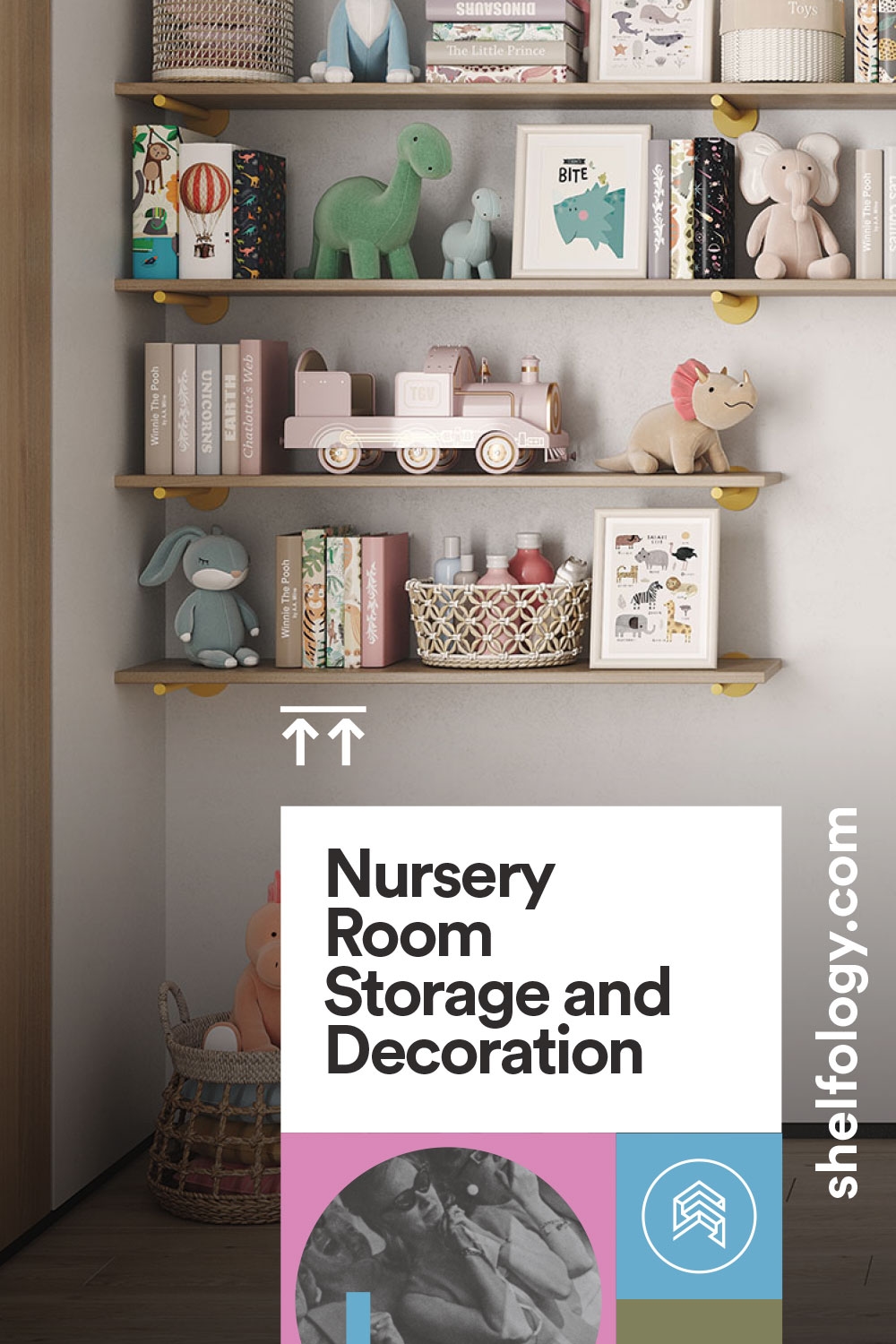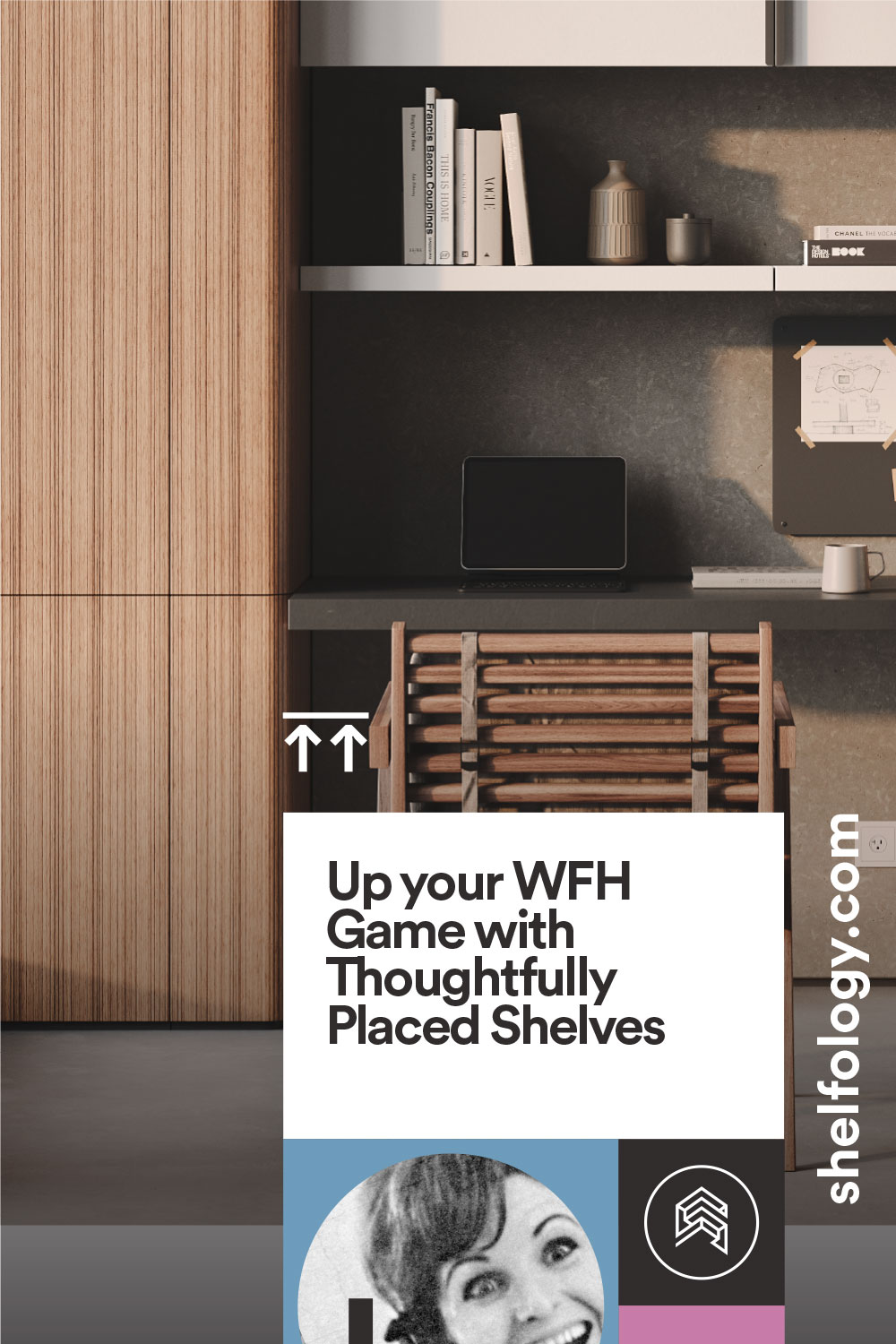Kids with ADHD struggle with structure, organization, boredom, impulse control, and time management. They are easily distracted, can be hyperactive, and wrestle with completing tasks such as school assignments and cleaning their rooms. As a parent of a child with ADHD, you’ve seen the path of destruction. Just open your child’s bedroom door to piles of dirty clothes, mounds of scattered papers (their math homework!), and their Little League uniform crumpled into a ball on the floor. The aftermath has caused more squabbles and frustration than you can count.
But kids with ADHD are far from lazy. ADHD is a neuro-developmental condition that targets executive functions in the brain. Their condition makes it difficult for kids to manage their time, finish tasks, stay organized, maintain structure, and control emotional impulses. The good news is that parents can implement organizational design strategies to keep the peace at home. Read on for proven tips on how to design a space for kids with ADHD.
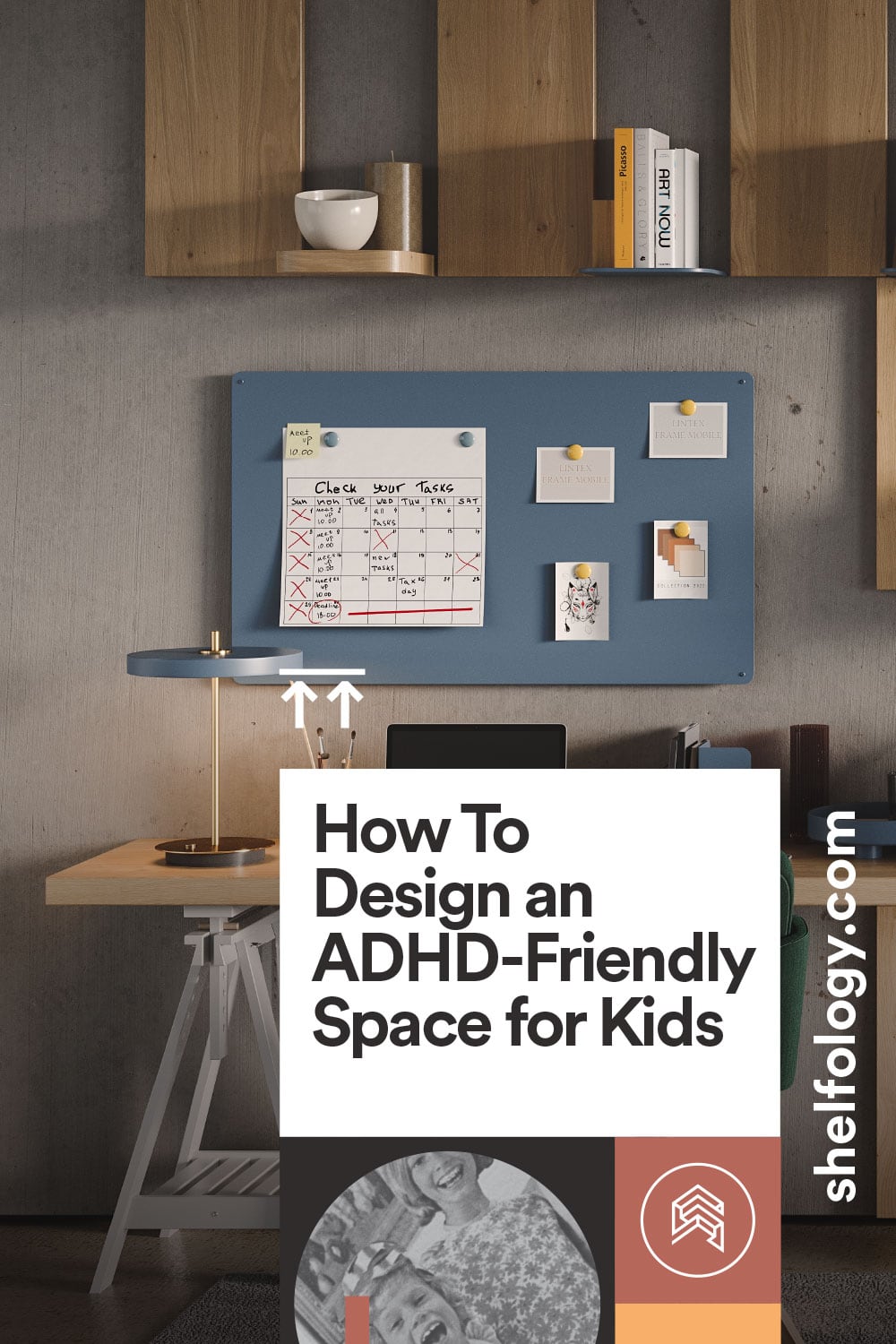
Establish Structure With a Daily Routine
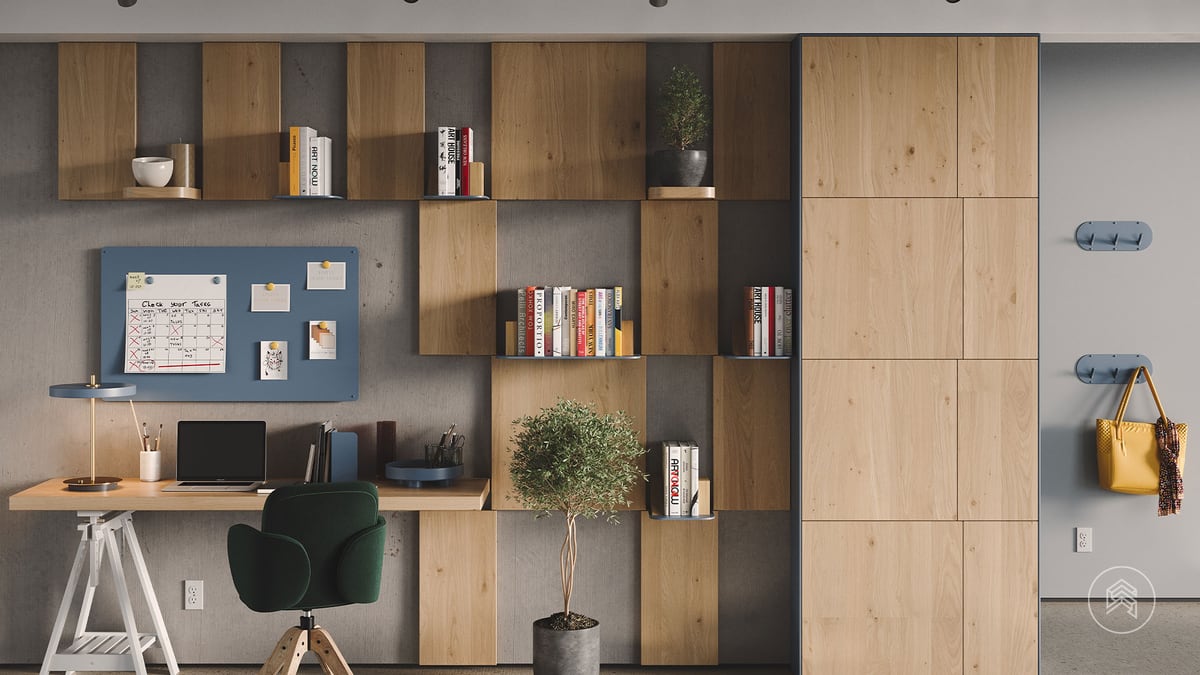
Post The Daily Agenda
To keep your child stay on task, write up their daily routine on a large whiteboard. Place the whiteboard in a prominent space such as the kitchen. Make sure the text is large and legible. Viewing the whiteboard frequently can help your child remember their daily goals and tasks. If they get distracted, draw their attention back to the whiteboard. You can write it up together as a family activity which can help them improve memory recall. Consider drafting a separate agenda for the weekend. The following example will provide some ideas for a Monday through Friday agenda that you can adjust according to your child’s activities and chores.
- 6:45: Breakfast
- 7:10: Leave for School
- 3:00: After-school snack
- 3:15: Playtime
- 4:30: Homework
- 5:00: Straighten room
- 5:30: Dinner
- 6:15: Screen time
- 6:45: Snack
- 7:00: Reading and relaxing time
- 8:00: Bedtime
Paint the Walls in Soothing Colors
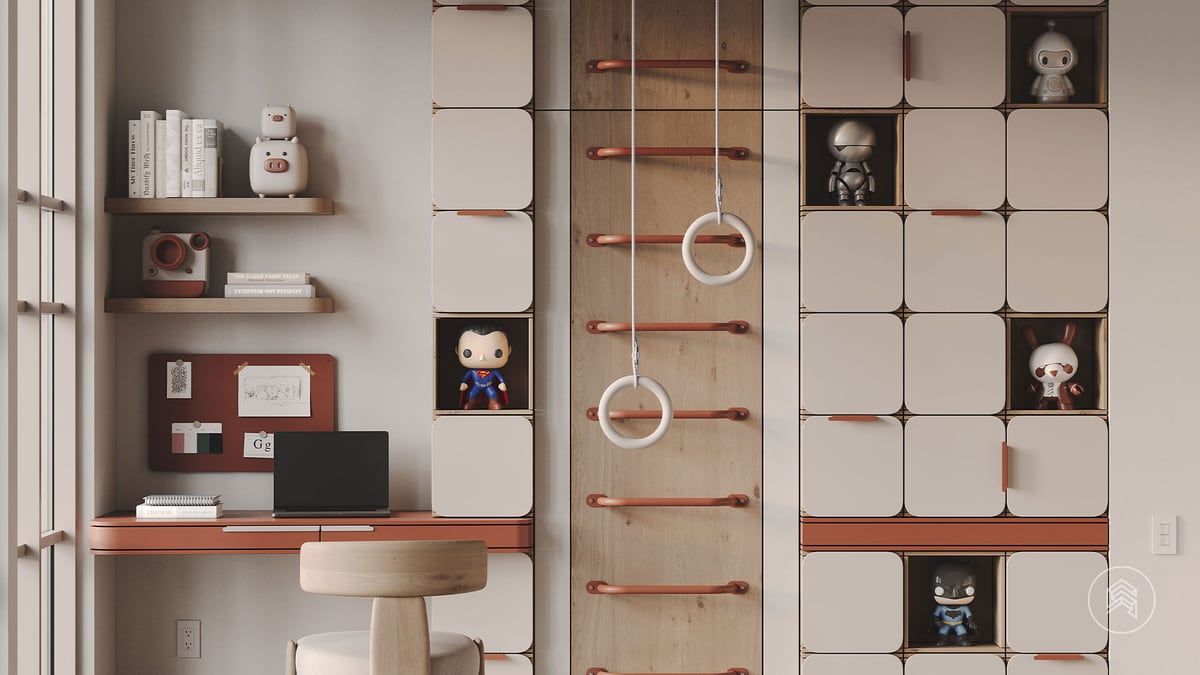
Psychologists have performed abundant research studies about the impact of color on the brain. Studies conclude that colors affect brain waves, hormonal activity, and the central nervous system. By implementing colors that calm the mind––a soothing blue that mirrors a body of water, or a pastel green or muted brown hue found in trees and branches––, you can help reduce overactive stimuli and anxiety, and promote relaxation.
Soft greens: Light green colors such as sage have been known to improve focus and concentration. Soft greens are also colors that appeal to both girls and boys.
Light and medium blues: Light and medium blue can be calming and uplifting colors. Think of a clear, blue sky or a blue ocean. Stay away from dark or bright blue hues, high-energy colors that can increase anxiety.
Muted tones: Muted colors such as lavender and brown found in the earth also depict nature. They have been known to produce a calming healing effect on the brain. Pick up a lavender plant for your child’s bedroom. Lavender plants have been used for their healing properties for centuries.
Use Warm Lighting With Dimmers
Lighting is often a detail overlooked when designing spaces. But for a child with ADHD, it should be the first. A soft warm, yellow light can give a room a serene ambiance compared to bright white lighting which can be harsh. Choose a light fixture with a dimmer such as recessed lighting that your child can adjust for different tasks, including homework, craft projects, reading, and relaxing.
Tips for Staying Organized (#1 is decluttering)

The first step to creating a well-organized space (that minimizes distractions) is to remove the clutter. The following tips can help get you started.
- Remove items your child has lost interest in. Consider giving them away to a friend or family member’s child.
- Store off-season clothing and shoes out of the bedroom to open up the space and make seasonal items easy to find.
- Design separate zones to keep the bedroom organized. Consider a study space, a play space, and a creative projects area. You can use labeled bins so your child knows where to find things and put them away.
Store Old Toys Out of Sight
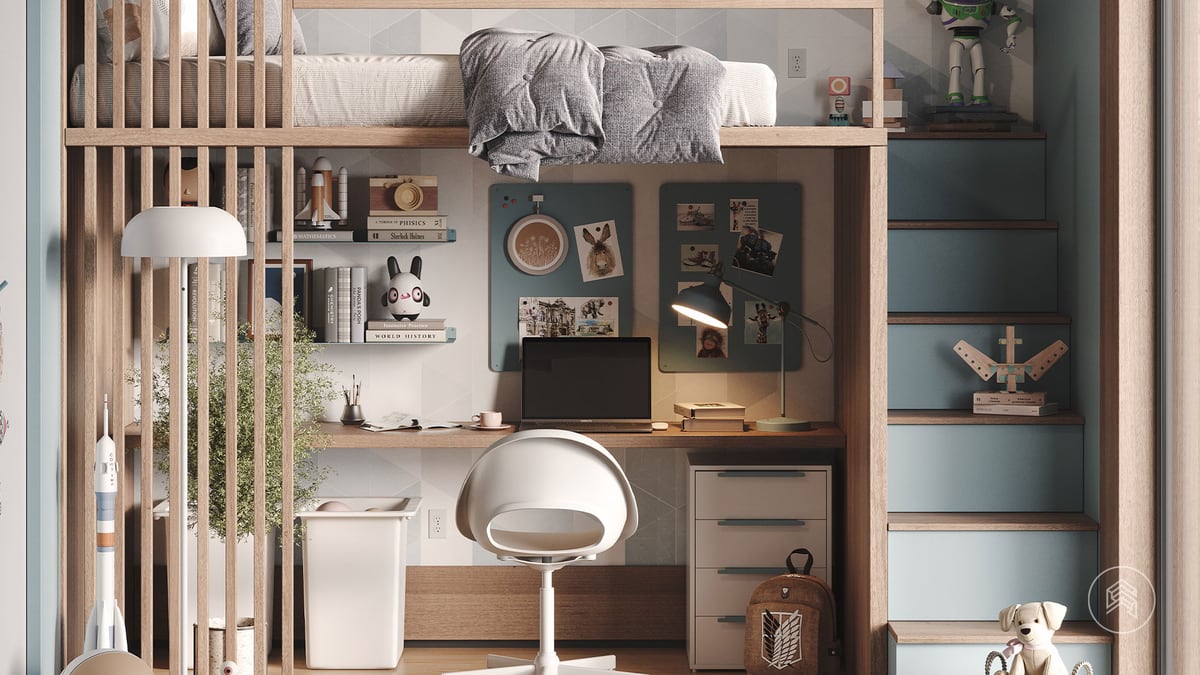
Has your kiddo lost interest in last year’s toys and games? If so, move them to another room such as the family room, or pass them down to a younger sibling. Keeping old toys out of the bedroom will help minimize frustration when they’re searching for a toy they love.
Use Multipurpose Furniture

A bed with storage makes a great place to store items for easy access such as your kid’s favorite board games. A desk with drawers can provide a work area and storage space for school supplies. However, make sure to label drawers so your child doesn't need to open every drawer to find an eraser. Consider using desk organizers to keep things tidy.
Get a Large Trash Bin
You can help your child keep gum wrappers and leftover trash off the floors (and inside the bed) with a large trash can placed in a visible spot in the room that’s easy to find. You might need to remind your child to throw things away a few times before they get in the habit, so try to be patient. Don’t forget to reward them with praise––or even a treat––when they remember to use the trash bin.
Place a Hamper In the Corner of the Room
Another receptacle for clearing clutter out of the bedroom is a clothes hamper. But a hamper tucked away in the closet gets ignored––and covered up. Place the clothes hamper in a corner if you don’t want it to be displayed front and center, and always choose a hamper with a lid in case it takes you a few days to get to the laundry.
Create Distraction-Free Zones
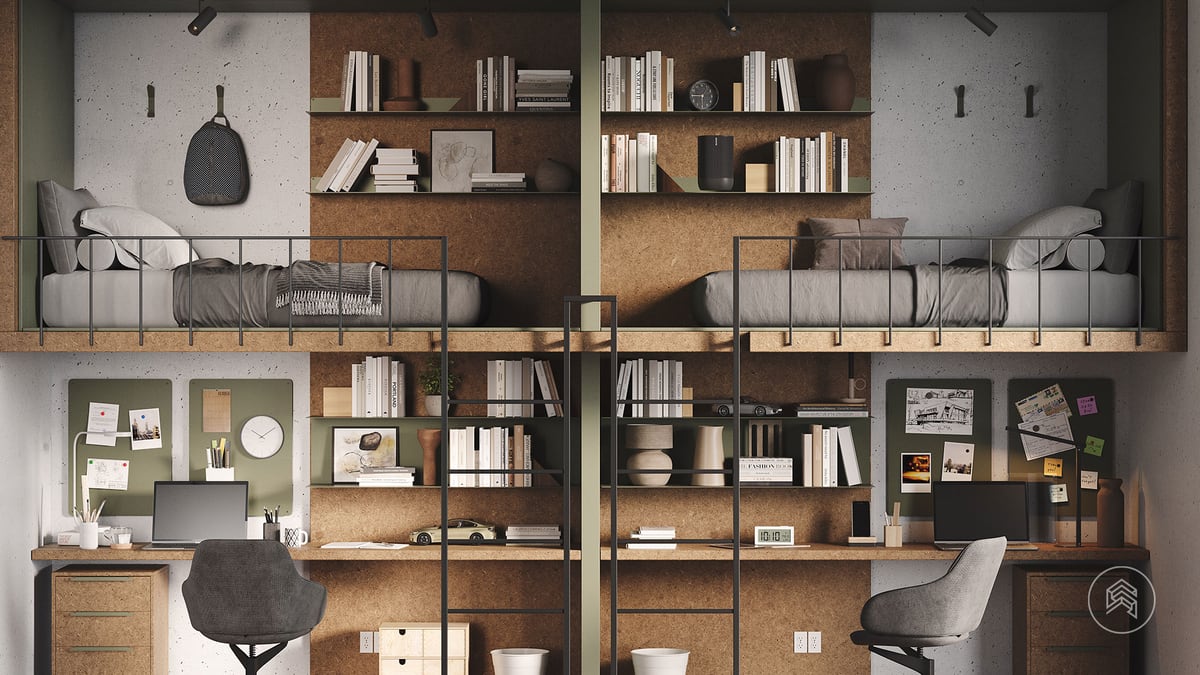
Distraction-free zones can help kids with ADHD focus and complete tasks. If you have the space, set up designated areas in the bedroom for study, relaxation, and play. Keep electronic devices––a major distraction––out of the bedroom. You can set up an area in an extra bedroom, the family room, or a designated corner to electronic devices when your home lacks space.
Set Up a Homework Area
If you have enough square footage in your child’s bedroom, consider setting up a small table and chairs for homework. Keep a place for textbooks, pens and pencils, markers, paper, and a stapler nearby. If you don’t have the space for a table and chairs in the room, your child can do their homework at a kitchen table, counter, or in the dining room. Always have a storage area for supplies for easy access such as a cabinet, cubby, or shelf.
Store School Supplies in Labeled Containers on Floating Shelves
Floating shelves look stylish and make great storage solutions. Whether your child does their homework at a table in the bedroom, at the kitchen counter, or in the dining room, mounting floating shelves can provide easy access to everything from extra textbooks to pencils, erasers, rulers, and notebooks.
Pick up a collection of clear containers and label each one with the names of the items within. Use large print text so your child doesn’t have to squint to find the item. You can also take a photo of the supplies and fasten the picture to the front of the container. Special education teachers use this strategy in elementary school classrooms.
Set Up a Cozy Reading Area With Bookshelves

A cozy reading nook with warm lighting and comfortable seating makes a relaxing reading space with minimal distractions. You can create a sanctuary for your child with soft lighting, neat bookshelves, and home decor your kid loves such as their favorite photos and sports memorabilia.
Buy a Backpack With Multiple Compartments
Backpacks vary in size, style, and storage capacity. A backpack with more compartments for storage makes it easier to find school supplies. Writing utensils go in this pocket, textbooks in that pocket. If your child’s backpack gets disorganized at the end of the week, spend a few minutes on the weekend with them getting it in tip-top shape for Monday.
Hang Your Kiddo’s Coat and Backpack on Hooks Near the Front Door
By hanging hooks by the front door your child won’t have to scramble through their bedroom to find their coat and backpack. They can eat breakfast, grab their jacket and backpack and head for the school bus.
Tip: Ensure they have everything they need in their backpack such as homework, school books, permission slips, and supplies.
Display Achievements and Awards
Some kids with special needs struggle with self-esteem when they compare themselves to others. This can happen more frequently if they’re in a mainstream classroom at school or have friends or siblings that don't have special needs. Make sure to shine a light on their talents and abilities by displaying their achievements on a corkboard, shelf, or on the wall. Whether they receive an A paper on a test or increase their score from a C to a B, hang it up to show your pride. Display certificates, team trophies, and artwork. Then praise your kiddo with a high-five for a job well done!

With a little patience and repetition, you can help your child manage their ADHD symptoms and live a happy, healthy, and productive life. It just takes a little practice and repetition.




